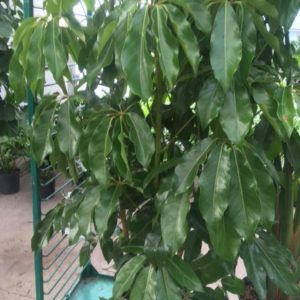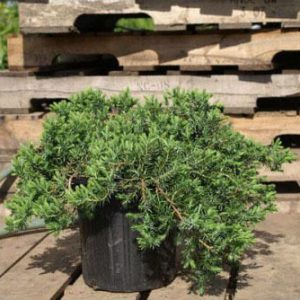Description
Ginkgo – Maidenhair Tree –
There is a single species, of a deciduous, dioecious tree, first appeared 300 million year ago, in this genus. It from Southern China, where it is extinct in the wild but preserved and still grown in temple gardens and as a specimen tree. Long shoots bear alternate leaves, woody spur shoots bears densely clustered leaves and flowers. The fan shaped, divided, mid to yellow green leaves turn golden yellow in autumn.. The fleshy fruit, which does not appear for at least for 20 years on young trees, smell unpleasant as they decay, they contain large, edible “nuts”. Male tees bear spikes of pollen sacs, female bear solitary naked seed with an oily flesh are the large kernel and make a mesh. G. biloba tolerate atmospheric pollution and is an excellent landscape tree.
Grow in any deep fertile, well drained soil in full sun. Shelter from strong winds. It prefers hot summers.
Prone to fungal leaf spots, mealybugs, lesion nematode, and root rots.
G. biloba ‘Aurea’ – Maidenhair Tree – This long lived, deciduous, upright tree, columnar then wide spreading tree grows 80-100′ feet tall and at least 25′ feet wide. It has furrowed, dull gray bark. It produces flat, fan shaped, mid to yellow leaves in summer, to 5″ across, taper into the stalks, and are usually lobed at the tips and have many parallel veins. It bears catkin-like, pendulous, cylindrical yellow-green male flowers, 3″ long, are held in clusters. Round, solitary female flowers bear plum like, orange-brown fruit, with an edible kernel, 1 1/4″ long, in late summer and autumn.
Zones 5-9





